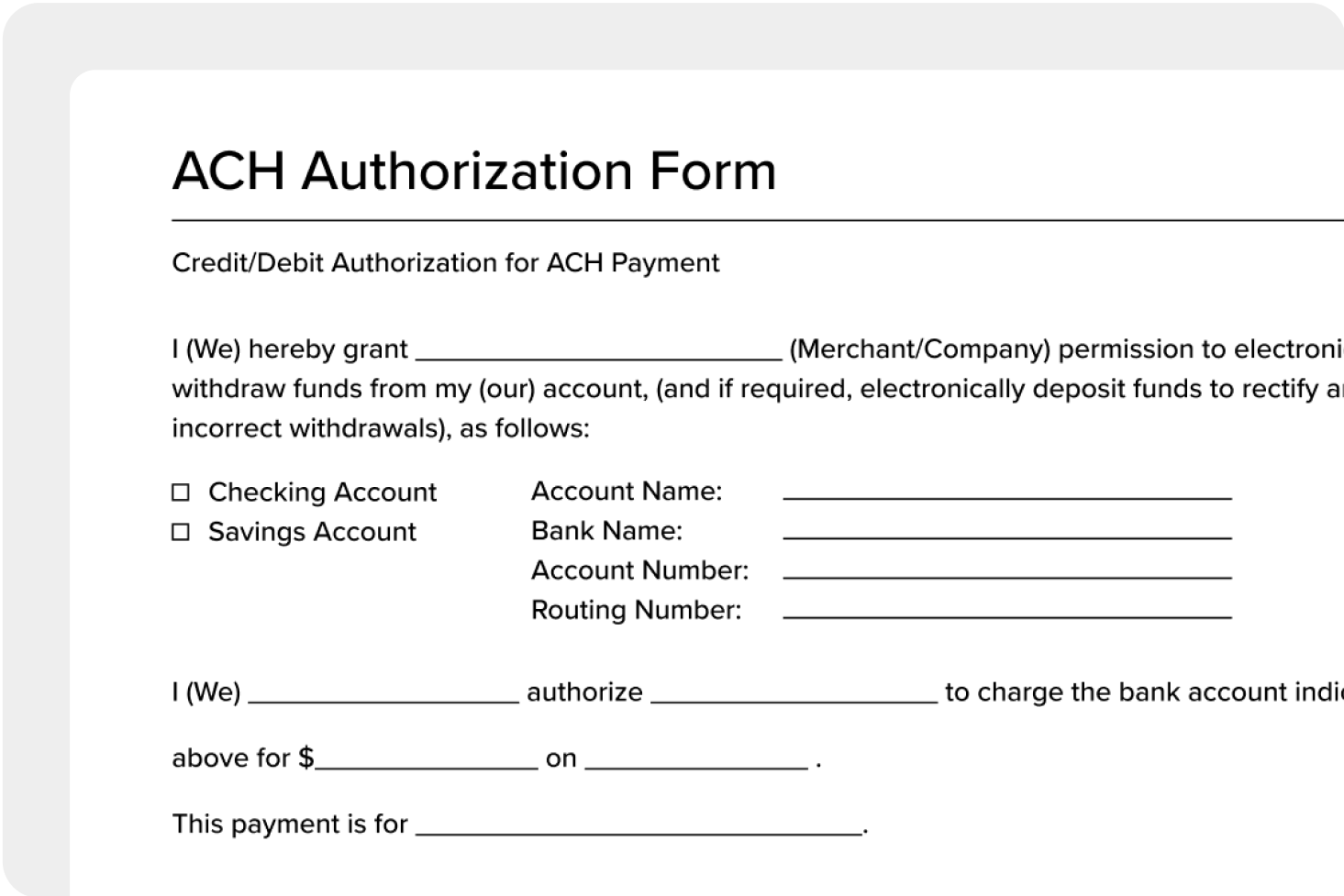What is an ACH prenote?
An ACH prenote acts as a first step to double-check if the employee’s bank info is correct before sending money through.
ACH prenotes are specifically used by financial institutions and payroll departments to ensure that the employee’s bank account is valid and can be used for electronic fund transfers (EFT). This layer of security helps prevent transaction errors and reduce the risk of unauthorized charges.
By conducting a prenote, financial institutions and payroll departments can verify the accuracy of direct deposit information, leading to seamless and secure electronic transactions. Prenotes don’t guarantee fund availability and have specific expiration dates, necessitating regular updates for continued validity.
To better grasp ACH prenotes, it’s essential to understand the steps involved in this process and how they work.
What is a prenote process?
Before triggering a transaction, the prenote process takes place to verify the information between the sender and receiver and avoid any mistakes.
The ACH prenote process consists of three main steps:
- Initiation: The initiation phase involves sending a test transaction to the employee’s bank account as part of the prenote process. This zero-dollar transaction serves as a validation step to ensure the accuracy of the provided account information.
- Prenote account verification: In the prenote account verification phase, the financial institution verifies the transaction and account information. This helps to reduce the risk of errors in future transactions and prevents unauthorized charges.
- Confirmation: Upon successful verification, a confirmation is sent to the initiating bank or financial institution to confirm the prenote process was completed successfully and the employee’s bank account is ready for direct deposit transactions.
Since the prenote process consists of three essential steps to guarantee all information is correct before initiating a transaction, you may wonder how long is a prenote period?
How long does the prenote process take?
Since a test must be sent to an employee’s bank account to verify account details before the actual transaction, the prenote period can typically vary from a few days to weeks.
Stay calm during the zero-dollar transaction, as this is not your direct deposit, and no money is moved. A small placeholder amount is temporarily transferred to confirm the details are accurate. Once this confirmation is successful, the direct deposit can be initiated.
It’s also important to note that prenotes and direct deposits work together but have different purposes.
What is a prenote vs direct deposit?
Prenote and direct deposit are both important components of the payment process, but they have very different functions.
A prenote is a validation step to confirm bank account details are accurate with a zero-dollar transaction and detect potential errors before actual transfers occur. Whereas direct deposits are payment methods that electronically transfer funds directly into an individual’s bank account and involve actual monetary transactions.
Therefore, a prenote is used before a direct deposit to ensure all transaction details are valid. Once confirmed, a direct deposit can take place between accounts.
Using prenotes when making a direct deposit adds a layer of authentication to ensure you don’t make costly mistakes when transferring funds.
Leverage prenotes for more reliable ACH payments
Prenotes can be a valuable practice for businesses everywhere. Incorrect information can be the difference between a successful transaction and a payment, resulting in errors that cost a fortune.
ACH prenotes are proactive verification measures that can lead to smoother and more reliable business operations for all companies.
More articles you might like:
CONTENTS
From direct deposit to bill payments, the ACH network shapes the landscape of electronic fund transfers. ACH extends its influence across various areas to move funds between businesses, individuals, and financial institutions.
- 1
- 2
- 3
- 4
- 5
- 6
- 7
- 8
- 9
- 10
- 11
- 12
- 13
- 14
- 15
- 16
- 17
- 18
- 19
